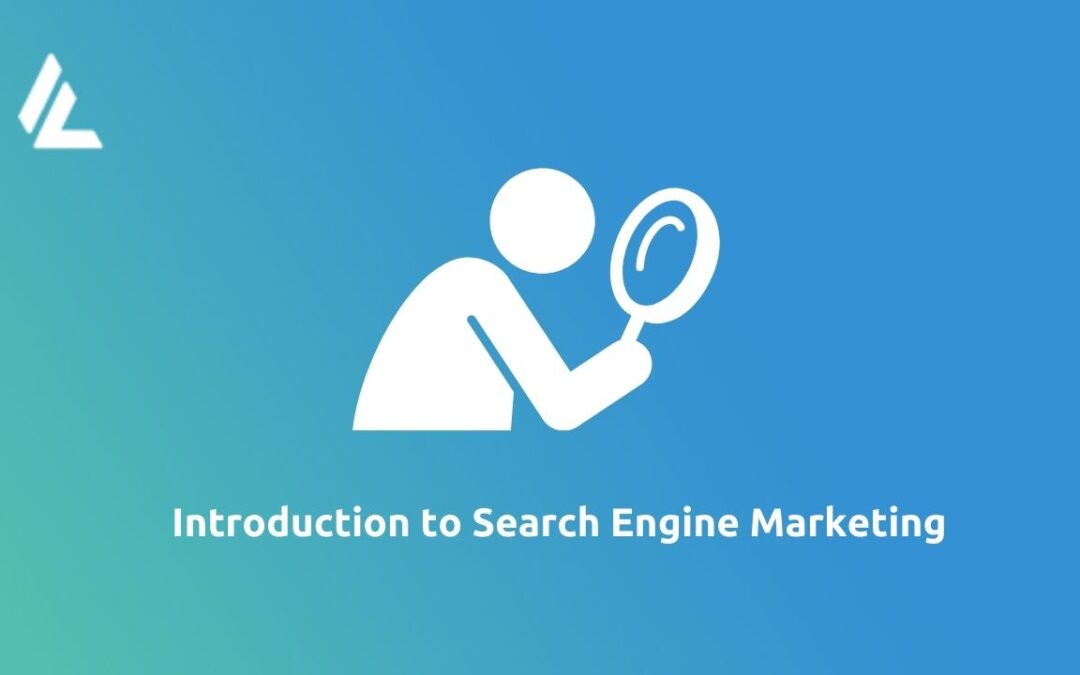Table of Contents
Search Engine Marketing (SEM) is a powerful digital marketing strategy that helps businesses increase their online visibility and reach targeted audiences through paid advertising on search engines. Businesses can use this technique to bid on particular keywords to have their adverts appear prominently on search engine results pages (SERPs). Businesses can boost brand awareness, improve website traffic, and increase conversions via SEM. We’ll go over the main features of search engine marketing in this in-depth tutorial, along with its advantages, methods of operation, and recommended techniques for starting fruitful SEM campaigns.
What is Search Engine Marketing?
Search Engine Marketing, often abbreviated as SEM, is a form of digital advertising that involves promoting websites and products on search engines through paid advertising. While SEO concentrates on organic search results, SEM uses paid adverts to raise a website’s exposure on search engine results pages (SERPs).
Businesses can use search engine marketing to target particular groups and phrases so that their ads show up when customers search for similar terms. Improved conversion rates and increased click-through rates (CTR) are possible outcomes of this focused strategy.
How Search Engine Marketing Works
The two main platforms in search engine marketing are Google Ads and Bing Ads. Companies can design and oversee their paid advertising campaigns with these platforms. This is how SEM functions:
1. Selecting keywords: Make sure the terms you select for searches are related to your business services and the terms that your target audience uses.
2. Bidding Strategy: Decide on your campaigns’ budget and bidding approach. Various bidding techniques can aid in optimizing for impressions, clicks, or conversions.
3. Ad Creation: Craft engrossing language and images for ads that will entice viewers to click. Call-to-action buttons, descriptions, and headlines are frequently seen in advertisements.
4. Ad Placement: Choose if you want your advertising to show up at the top, bottom, or next to the organic search results on search engine results pages (SERPs).
5. Targeting choices: To reach the correct audience, make use of targeting choices including location, language, device, and audience demographics.
6. Performance tracking: Keep an eye on important metrics like cost-per-click (CPC), conversion rate, and click-through rate (CTR) to assess the effectiveness of your campaigns and make informed decisions.
Benefits of Search Engine Marketing:
Search Engine Marketing offers numerous advantages for businesses of all sizes:
Instant Results: Shortly after a campaign is launched, you can observe results thanks to SEM’s rapid visibility and traffic.
Targeted Advertising: SEM makes it possible to target ads precisely based on demographics, location, keywords, and other variables, ensuring that the proper people see your adverts.
Budget Control: You have control over how much you spend on advertising when you use SEM. You can set a daily or monthly budget.
Measurable Performance: To monitor campaign effectiveness and calculate return on investment, SEM systems use powerful analytics tools.
Flexibility and Scalability: Based on performance data, SEM campaigns can be instantly modified and optimized.
Best Practices for Launching an SEM Campaign:
To achieve success with Search Engine Marketing, consider the following best practices:
1. Conduct Thorough Keyword Research: Identify high-performing keywords that are pertinent to your business and have a significant volume of searches by conducting thorough keyword research.
2. Create Compelling Ad Copy: Write compelling and understandable advertising copy that draws attention to your USPs and motivates consumers to act.
3. Optimize Landing Pages: Make sure your landing pages are optimized for conversions, pertinent to your adverts, and easy to use.
4. Use Ad Extensions: To add more information and enhance ad effectiveness, use ad extensions like callout, site link, and call extensions.
5. Monitor and Adjust Campaigns: To optimize ROI, keep a close eye on important metrics and modify your campaigns in response to performance information.
6. Test and Experiment: To determine the most effective combinations, do A/B tests on various campaign elements, including landing pages, keywords, and ad copy.
7. Stay Updated with Trends: To keep ahead of the competition, stay current on platform updates and SEM trends.

Advanced SEM Strategies for Optimal Performance
While the basics of Search Engine Marketing can get you started on the right track, there are advanced strategies you can employ to enhance your campaigns further. Let’s explore some of them:
1. Audience Segmentation: Based on their demographics, interests, and habits, target particular audience segments with your advertising. Engagement and conversion rates can be greatly increased with this degree of customization.
2. Use dynamic keyword insertion to have your ad copy change dynamically based on the search terms that people type. Using this strategy can improve the relevance of your adverts and raise the possibility that someone will click on them.
3. Dayparting: Examine your marketing data to determine the times of day or week when performance is at its highest. You may enhance campaign success and use your budget more effectively by modifying your ad schedule in light of these insights.
4. Geotargeting: Use geotargeting to concentrate your advertising efforts in areas where your target audience is most engaged or pertinent. This strategy may result in lower costs and higher conversion rates.
5. Ad Customization for Different Devices: Make sure your landing pages and ad content are tailored for the desktop, mobile, and tablet platforms. You can achieve greater results and a better user experience by customizing your campaigns for each device.
6. Advanced Bidding Strategies: Investigate more sophisticated bidding choices like enhanced CPC, target ROAS, and target CPA. These tactics optimize bids for particular results, such as conversions or return on advertising expenditure, using machine learning algorithms.
7. Search Ad Remarketing Lists (RLSA): To target people who have already interacted with your website or advertisements, use RLSA. With the help of this method, you may develop highly focused campaigns that re-engage target audiences.
Emerging Trends in Search Engine Marketing:
Search Engine Marketing is constantly evolving, and staying updated with the latest trends is crucial for success. Here are some emerging trends to watch out for:
1. Voice Search Optimization: Optimizing your search engine marketing efforts for voice inquiries becomes crucial as voice search usage keeps increasing. Pay attention to natural language inquiries and long-tail keywords to match the behavior of voice searches.
2. Visual Search: Users’ interactions with search engines are evolving due to visual search solutions like Google Lens. To improve your SEM efforts, think about adding structured data and graphic material.
3. AI and Machine Learning: SEM is being revolutionized by AI and machine learning, which makes it possible to implement more advanced ad targeting, bidding, and campaign optimization techniques.
4. Automation in SEM: Automation tools can streamline campaign management and improve efficiency. Features like automated bidding, ad creation, and performance monitoring can help you stay competitive.
Conclusion
When it comes to reaching specific audiences through paid advertising and boosting online exposure, search engine marketing is a vital tool for businesses. Through comprehension of Search Engine Marketing operations and the application of optimal techniques, you can initiate prosperous campaigns that stimulate traffic, conversions, and expansion of your enterprise.
Businesses can accomplish their marketing objectives and effectively compete in the digital environment by utilizing Search Engine Marketing. Explore the realm of search engine marketing (SEM) now to find new business chances.

